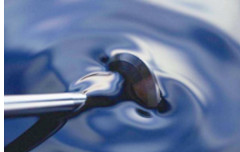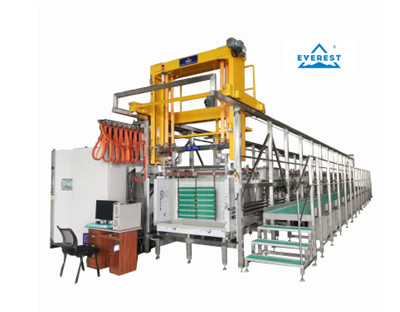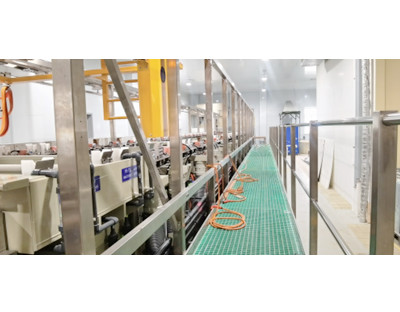The purpose of post treatment after plating is to ensure the quality of the coating and improve the protection, decoration and functionality of the coating. Post treatment after electroplating is important, but often overlooked. In actual production, failures often occur, and even the previous efforts are completely useless, so it should be paid attention to by the relevant personnel.
The post treatment process is selected according to the performance of the electroplating layer, use requirements, environmental impact and other factors, usually including polishing, passivation, coloring, coating, sealing, hydrogen removal and other processes.
Common post treatments after plating
1. Polishing
Polishing is a process of improving the surface flatness and reducing the surface roughness of metal workpieces by chemical polishing or mechanical polishing. It can be used not only for metal surface processing, but also for metal workpiece pre-plating and post-plating finishing. Decorative finishing of alloys such as copper, nickel, and plated copper, nickel, chromium and other metal coatings.
2. Passivation
The so-called passivation treatment refers to a metal surface treatment method in which chemical treatment is carried out in a certain solution to form a solid and dense film with high stability on the coating. Passivation greatly improves the corrosion resistance of the coating and can increase the surface gloss and anti-pollution ability. This method is very versatile, and can be passivated after galvanizing, copper, etc.
3. Hydrogen removal treatment
Most metal substrates, such as steel and copper, will generate “hydrogen” during pretreatment (pickling, cathodic electrolysis) and electrodeposition, and some of them have not had time to form “hydrogen”, that is, in the form of “hydrogen atoms” It penetrates into the matrix and the coating, making the plated parts brittle and seriously reducing the tensile strength of the parts, which is called hydrogen embrittlement. Therefore, parts used in aerospace, automobile manufacturing and other fields must undergo “hydrogen removal” treatment after plating, and some parts that require high tensile strength in use must also undergo “hydrogen removal” treatment. The hydrogen removal treatment is carried out at a temperature of about 200°C, and the treatment time is determined according to the required tensile strength of the part. Hydrogen removal treatment should be carried out within 3 hours after plating.
4. Coloring
Metal surface coloring is to use chemical, electrochemical, displacement or heat treatment methods in a specific solution to form a film of different colors or interference film on the metal surface. Due to the different colors of various metal oxides, the surface of the colored metal presents different colors, which changes the appearance of the original metal, and achieves the purpose of imitating expensive metals, antiques, and decoration.
5. Coating treatment
Coating is the process of coating or dipping a transparent organic film layer on parts with silver and imitation gold coating to prevent or continue the discoloration of the coating.
6. Sealing processing
In order to improve the corrosion resistance of the workpiece in the atmosphere, physical, chemical or electrochemical methods are used to uniformly cover the surface (or intermediate coating) with a layer of film. This process is called sealing.
Pre-treatment plays a key role in the effect of electroplating, and post-treatment has a significant role in promoting the performance of electroplated parts. In order to ensure the performance of electroplated parts, a reasonable post-plating process is necessary.








 Mar. 08, 2022
Mar. 08, 2022 




